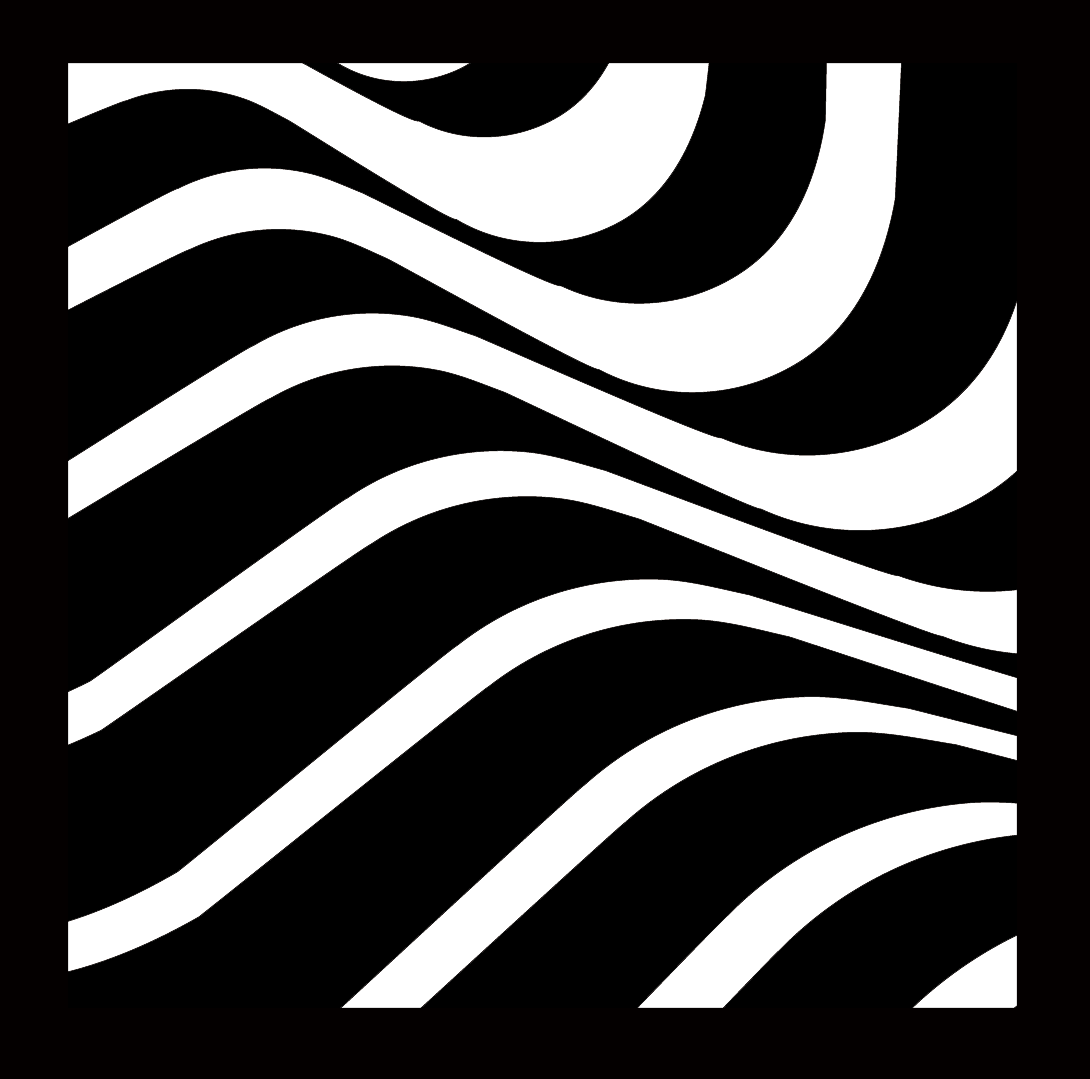Effect-O-Pedia: Reverb Types
Most reverb plugins and hardware units have a variety of algorithms on tap. These reverb modes tend to stick with a given set of names (hall, plate, chamber, room, etc.), although you will sometimes see more fanciful names used for more “special effect” reverbs. I have written before about how naming reverb algorithms can be somewhat arbitrary, but the names can be convenient shortcuts to quickly getting the sound you want.
It can be useful to separate the reverb types into 3 categories: Acoustic, Mechanical, and Unnatural. Here’s a quick breakdown of the most commonly found reverb types, as well as a few suggested uses for each type.
Acoustic:
Ambience: often refers to a reverb that is mainly early reflections / early energy. Short decay time (0.5 seconds or less), fairly colorless. Ambience algorithms are useful for creating a reverb sound that is felt rather than heard, or a “dry” sound that isn’t as dry as you think that it is. Ambience reverbs often are used to glue a mix together, with various parts fed into the same ambient reverb.
Room: usually used for shorter reverbs, that have more audible reverb than an Ambience algorithm. Room algorithms tend to have some prominent early reflections / early energy, and sound best with a fairly short decay. These algorithms quickly build up echo density. A bit of coloration is expected, as real rooms tend to be a bit colored. Room reverbs work well for drums and acoustic instruments.
Chamber: similar to Room algorithms, but usually with less coloration. Reverb chambers were found in many of the most esteemed recording studios, with each studio noted for its own reverb sound. A chamber reverb will have a fast attack, and a quick build of echo density, but without the distinctive early reflections and resonances found in a room reverb. Some chambers could have fairly long decay times, which tended to be a factor of the size of the chamber and the plaster used in finishing the walls. Chamber reverbs are a good “neutral” verb that can be applied to most anything, but sound especially good on vocals and acoustic instruments.
Hall: bigger and longer than a Room reverb. Real-world concert halls tend to have a decay time in the 1.8 to 2.2 second range, with “slow” early reflections, and a reverb envelope that gradually builds in time and density. The hall algorithms in digital reverbs often have much longer decay times than real-world halls, but they retain the slow build of reverb, as well as the wider, more spacious feel of a concert hall. Hall reverbs are useful for orchestral mixes, vocals in slower songs (and ballads), instrumental solos, synthesizers, and other instruments that sound good with long reverbs.
Cathedral: like a Hall reverb, but much longer attack and decay times. Real-world cathedralss often had a VERY long reverb decay (8 to 13 seconds!), with a slow attack to the reverb – up to 1/2 second. In a real cathedral, you don’t hear any discrete early reflections, as the various nooks and crannies do a great job of diffusing the reverb. Cathedral reverbs are useful for the types of music you would hear in cathedrals, as well as any vocals or instruments that work with extended reverb decay times. Remember that really long reverb times will blur together fast notes, so cathedrals work better with music on the adagio side. Think ambient, or Gregorian chant.
Cave, Stadium: usually synonymous with Cathedral reverbs. Stadium reverbs often have the same sort of annoying slapback echo you would hear from speakers on the opposite side of a station in a stadium.
Mechanical:
Spring: a short to medium length reverb, with a sproingy sound. Real world springs tend to have metallic resonances, tend to be fairly dark, and have a pronounced “DWIP!” sound caused by dispersion. Digital springs often don’t capture the “DWIP” sound of real springs. Springs are useful for making things sound awesomely crappy. Surf guitar, old school electronic music, dub, spaghetti western footsteps, etc.
Plate: a shortish to fairly long reverb. Real world plates are fairly dark, but with a brighter, almost instant attack. Physical plates also have dispersion, which can create a “PEW!” ray gun sound on sharp transients. I have gone into ridiculous levels of detail about physical plate physics and sound, but suffice it to say that plates sound cool on almost anything.
Unnatural:
“Digital” Plate: Yeah, I know I just talked about plates. However, most digital reverbs have “plate” algorithms that don’t really sound like physical plates (i.e. EMT140). The typical digital plate has a fast attack, are BRIGHT, and tend towards a metallic decay, with none of the dispersion found in physical plates. This puts the digital plate into a different category than a mechanical plate, but the digital plates sound great in their own right. Digital plates are great for vocals, drums. and sounding like the 80s in general.
Shimmer: the term commonly used for reverberation that also incorporates pitch shifting. This sound dates back to the early 1980s, when Brian Eno and Daniel Lanois would set up complicated feedback paths using Lexicon hall reverbs, AMS pitch shifters, and Lexicon delays. Nowadays, you can find variants of this algorithm in reverb pedals, as well as ValhallaShimmer, which was purpose built for this sound. Shimmer reverbs are amazing for pads, or for making any instrument sound like an ethereal pad. A little bit of Shimmer goes a long way – this sound tends to dominate a mix!
Bloom: A term used by Keith Barr in the Midiverb II, for a reverb with a VERY slow build time, and an even slower decay. This type of algorithm exploits the artifacts of multiple allpass delays in series (unsurprisingly, I go into some fairly nerdy detail in an older blog post). Bloom reverbs are useful for synths, for ambient music, and any other sort of music where you want time to slow down like it is on the edge of a black hole.
Reverse: Emulates a reverb that has been reversed in time. In the old days, this sound was achieved by recording a track, flipping the tape, playing the tape in reverse while sending it to a chamber or plate, and then reversing the results. Starting in the 1980s, this sound was emulated in real time, using multitap delays in conjunction with short allpass delays to smear things out. Use reverse reverbs when you want to turn a guitar into a shoegazer wall of sound, or to sound like Carrie Anne stuck behind the TV set in Poltergeist.
Gated: A reverb that sounds like a longish room reverb, that is then abruptly cut off. This sound was originally obtained by recording drums in a stone room, compressing the room mikes, and then using a noise gate to truncate the decay once the close-miked drum signals fell below a certain level. Today, this is replicated using digital reverbs, with built in threshold and decay times to control the level at which the reverb cuts out. This is mainly useful for drums, or for putting any sound in the 1980s.
Nonlin: A similar sound to Gated, but obtained via a multitap delay and short diffusors, instead of via actual noise gating. Nonlin reverbs aren’t volume dependent, and can be easier to dial in than a true gated reverb. In many cases, the slope of the Nonlin reverb can be varied, to get sound ranging from a natural room that dies away a bit quickly, to huge gated Phil Collins drums, to reverse reverbs. Nonlin can be used on a wide variety of inputs – vocals, drums, other instruments. Still pretty darned 80s sounding, if you overdo it.
If you have any questions about the types of reverbs listed above, or if I left out your favorite reverb type, feel free to let me know in the comments below!




A Dedicated Convolution Cave Reverb 😀
Wow, Sean, thanks for these beautiful explanations!
Awesome breakdown of all the reverb types!!! Gotta say that I really love some of the presets that really take these reverb types to crazy places. My favorite has to be LV426… I honestly clicked on it just because I’m an Alien fan, but it immediately made it into the track I was producing… Soo goood!!!
There’s also my webpage for extended explanations
http://analoguediehard.com/studio/effects/digitalreverb.html
Hi Michael! I’ve been to your page a fair number of times for your thoughts on Moog circuits.
Hey Sean, amazing work on your plugins.
How would you go about repoducing the typical, warm 60s echo chamber reverb, used in most Jazz songs on many instruments and vocals (i.e Sinatra) with VintageVerb?
Although VV is more on the 70s / 80s side, I was wondering if it was versatile enough for that sixties sound too.
Thank you!
VintageVerb was really designed to replicate digital reverbs, so it won’t exactly get that 60s echo chamber sound. I would start with the Chaotic Chamber mode, turn the High Shelf and High Damping down, and go from there.
Otherwise, ValhallaPlate can get some decent echo chamber sounds, especially with larger size settings. None of the Valhalla plugins really aim for the acoustic echo chamber sound, but I still think about solutions for that sound.